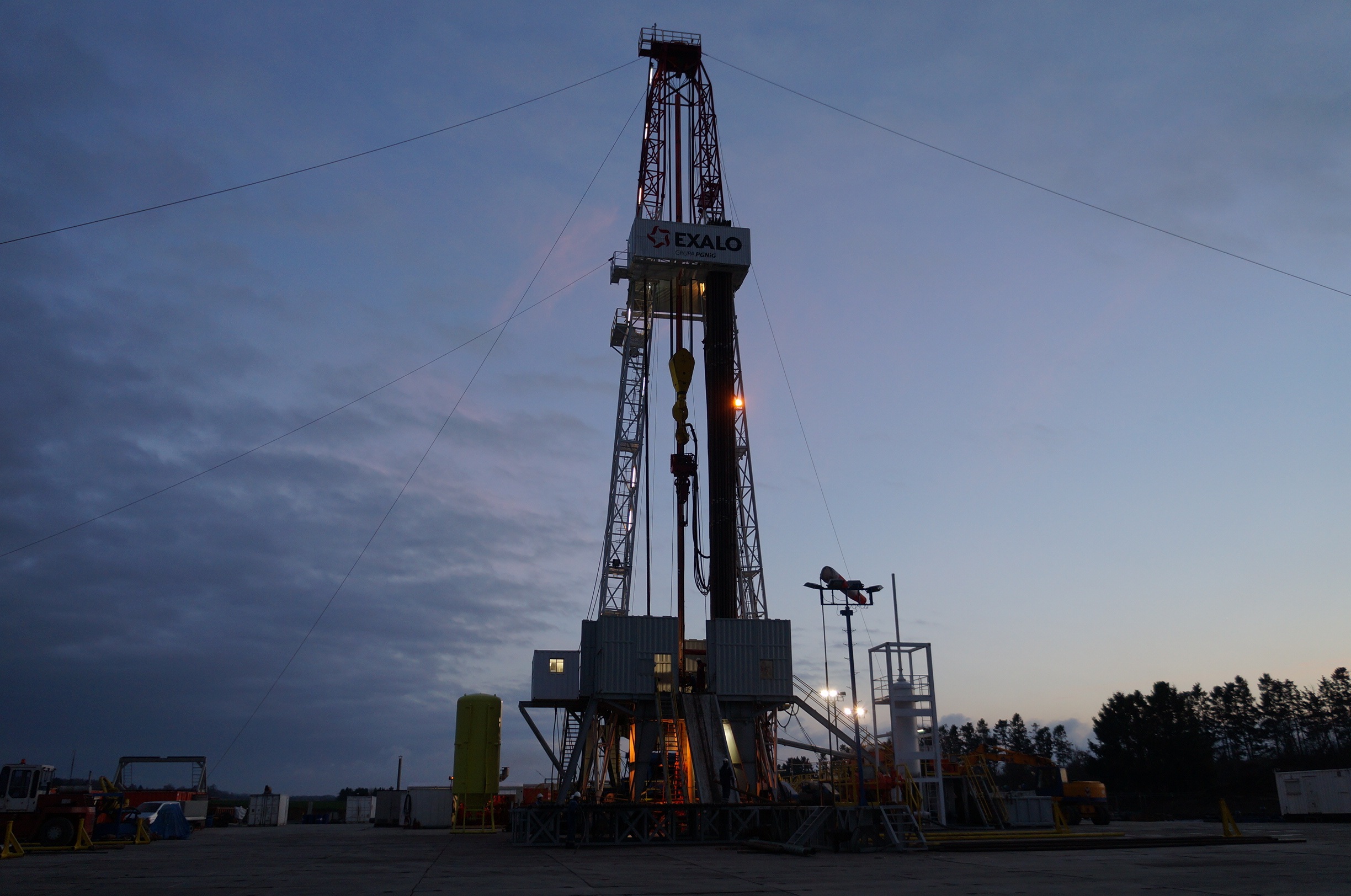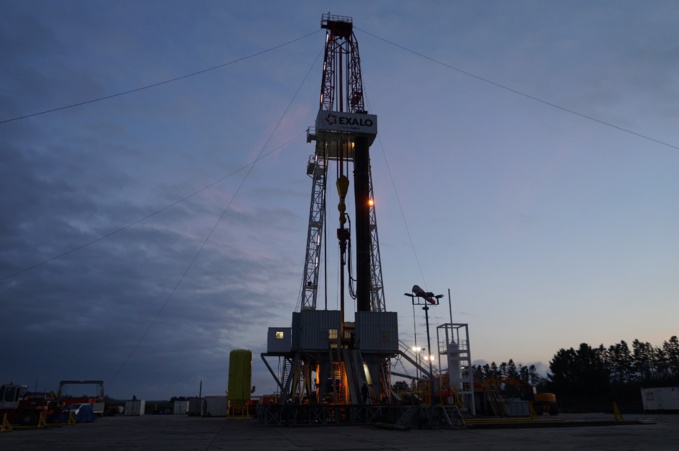In its new annual report, OPEC for the first time pointed to a likely historical peak in oil demand. According to analysts of the cartel, it will be observed in 2035–2040, reaching 109.3 million barrels per day (bpd). This is 9.6% more than in 2019 and 20.5% more than in 2020. After the peak, demand will begin to decline, albeit slowly, and by the end of the forecast period in 2045 will amount to 109.1 million bpd, according to OPEC.
These conclusions look like a kind of response to numerous post-coronavirus assessments of Western analysts and oil and gas companies, according to which the peak in oil demand will be reached in the coming years or has even already happened.
These projections underpin the massive business transformation towards low-carbon or renewable energies announced this year by BP, Shell and Total.
At the same time, the OPEC report also considers scenarios for tightening carbon regulation around the world. In the most severe scenario, which provides for an overall reduction in energy consumption by 15% by 2030 and by 54% by 2045 compared to the baseline scenario, oil consumption could fall to 87.7 million bpd and 70.8 million bpd, respectively. However, this option looks extremely unlikely. The more lenient scenario focuses on reducing coal consumption, while oil demand differs little from the baseline scenario.
The OPEC baseline forecast is based on the assumption that by 2045 the share of electric vehicles in the total global fleet (2.6 billion units) will be about 16.5%.
It is noted that the figures may be underestimated, but in any case, the deviation of oil demand from the baseline scenario due to the more active development of electric vehicles will not exceed 2.5 million bpd by 2045.
OPEC is also quite optimistic about the main factor of uncertainty in the oil market now: how quickly demand will recover from the coronavirus.
It follows from the report that the risks of the "second wave" in 2020–2021 are assessed as rather low, and in 2022 demand should reach 99.8 million bpd, exceeding the level of 2019. In the future, it will grow smoothly mainly thanks to India and China.
OPEC sees the sources of demand coverage in the second half of the 2020s mainly from production from Brazil, as well as from the United States: the latter will peak at 20.3 million bpd by 2030, and then begin to decline. In the 2030s, the OPEC countries will become the main source of new production, which by 2045 will increase it by 10 million bpd compared to the level of 2019, providing 40% of global demand.
source: opec.org
These conclusions look like a kind of response to numerous post-coronavirus assessments of Western analysts and oil and gas companies, according to which the peak in oil demand will be reached in the coming years or has even already happened.
These projections underpin the massive business transformation towards low-carbon or renewable energies announced this year by BP, Shell and Total.
At the same time, the OPEC report also considers scenarios for tightening carbon regulation around the world. In the most severe scenario, which provides for an overall reduction in energy consumption by 15% by 2030 and by 54% by 2045 compared to the baseline scenario, oil consumption could fall to 87.7 million bpd and 70.8 million bpd, respectively. However, this option looks extremely unlikely. The more lenient scenario focuses on reducing coal consumption, while oil demand differs little from the baseline scenario.
The OPEC baseline forecast is based on the assumption that by 2045 the share of electric vehicles in the total global fleet (2.6 billion units) will be about 16.5%.
It is noted that the figures may be underestimated, but in any case, the deviation of oil demand from the baseline scenario due to the more active development of electric vehicles will not exceed 2.5 million bpd by 2045.
OPEC is also quite optimistic about the main factor of uncertainty in the oil market now: how quickly demand will recover from the coronavirus.
It follows from the report that the risks of the "second wave" in 2020–2021 are assessed as rather low, and in 2022 demand should reach 99.8 million bpd, exceeding the level of 2019. In the future, it will grow smoothly mainly thanks to India and China.
OPEC sees the sources of demand coverage in the second half of the 2020s mainly from production from Brazil, as well as from the United States: the latter will peak at 20.3 million bpd by 2030, and then begin to decline. In the 2030s, the OPEC countries will become the main source of new production, which by 2045 will increase it by 10 million bpd compared to the level of 2019, providing 40% of global demand.
source: opec.org



















